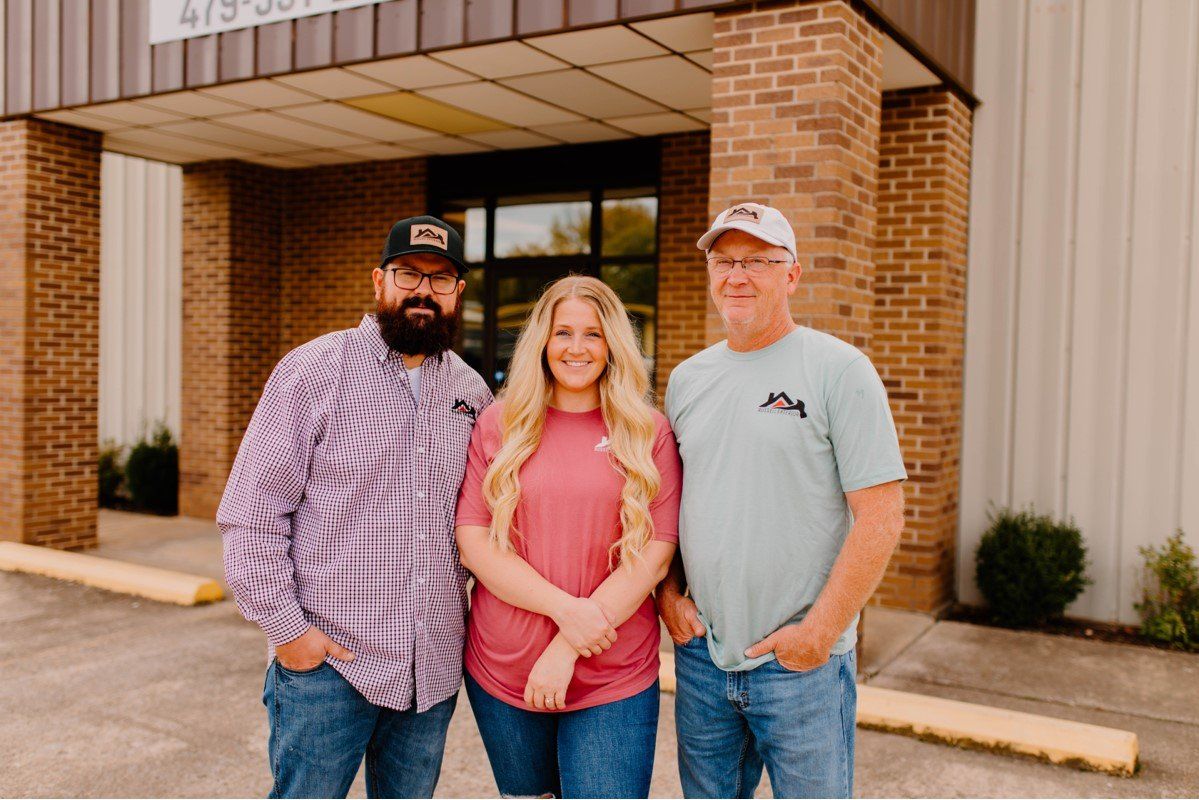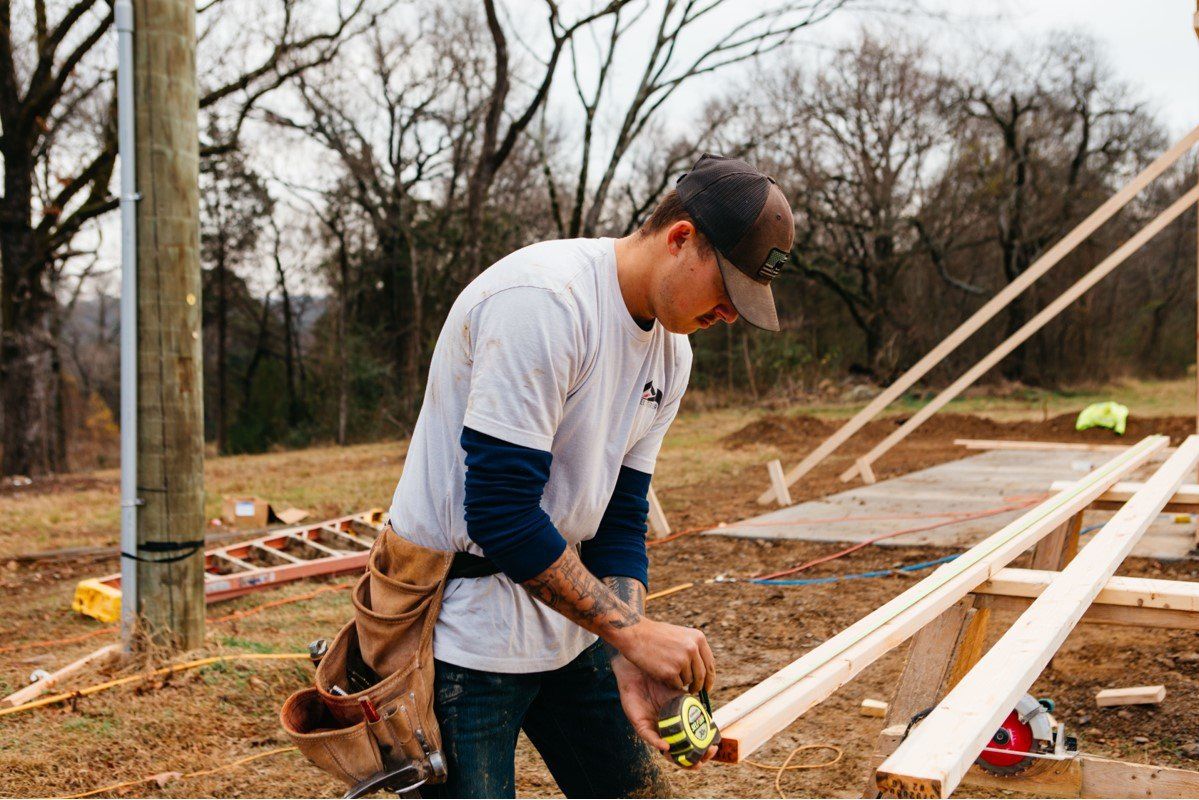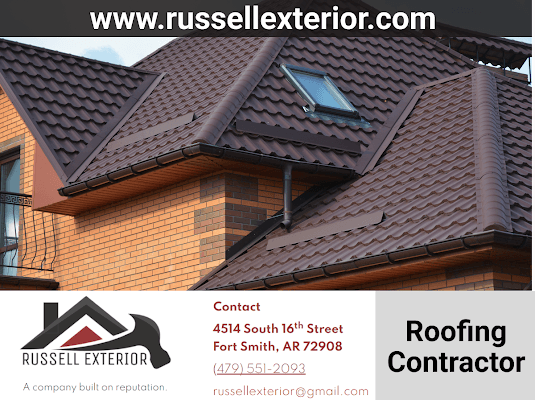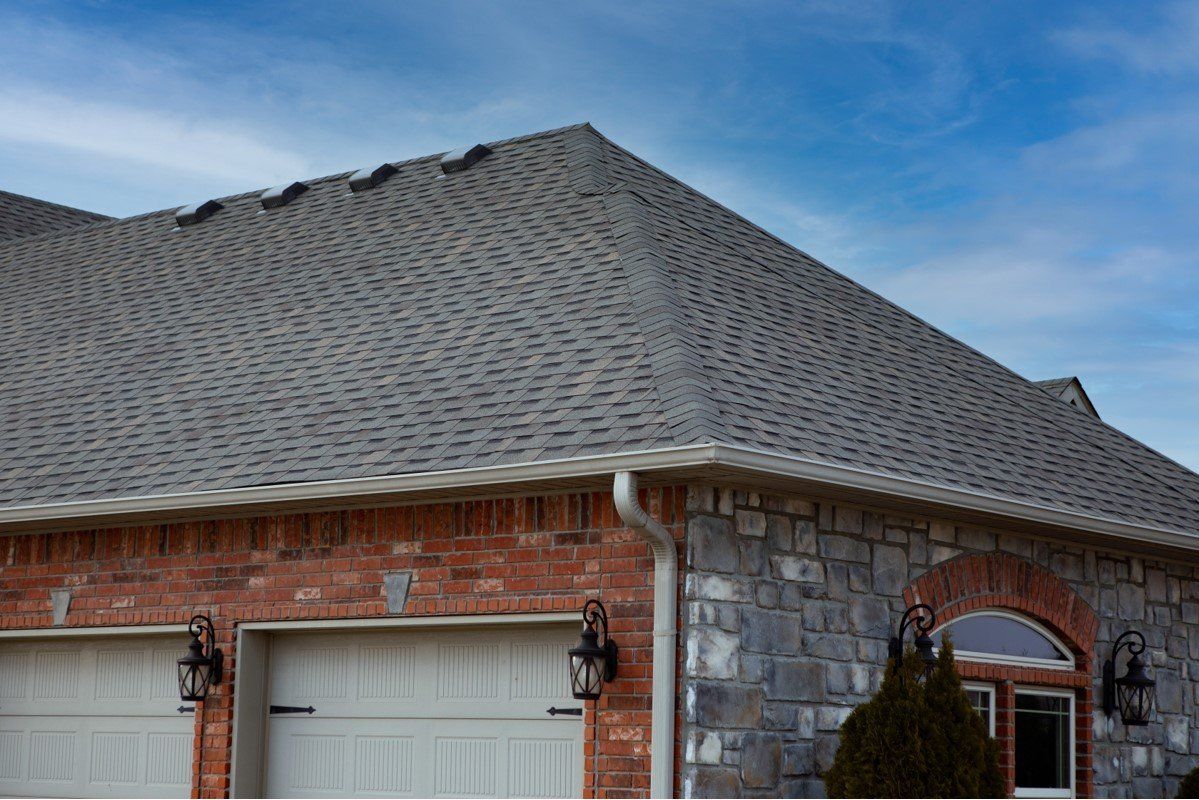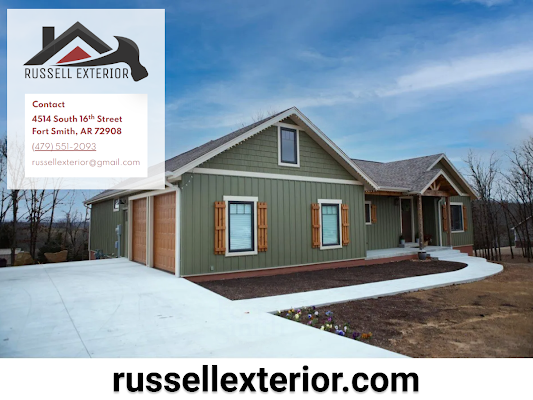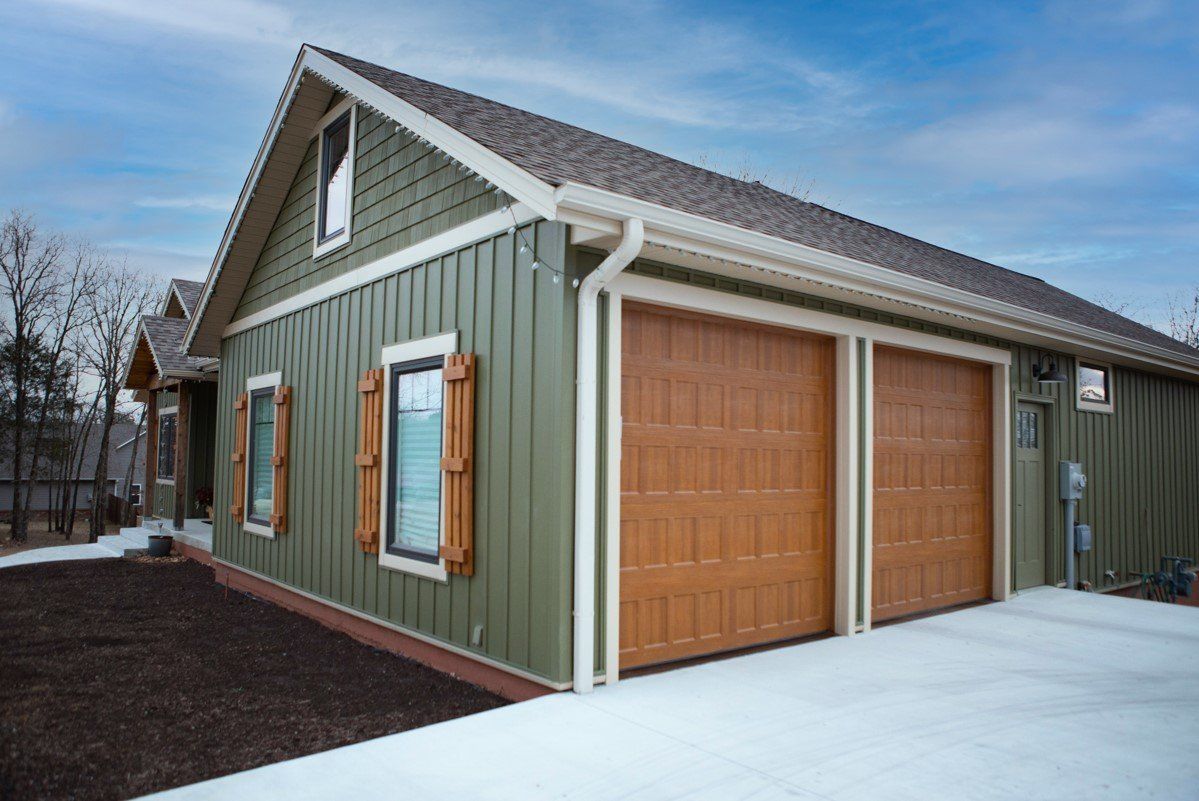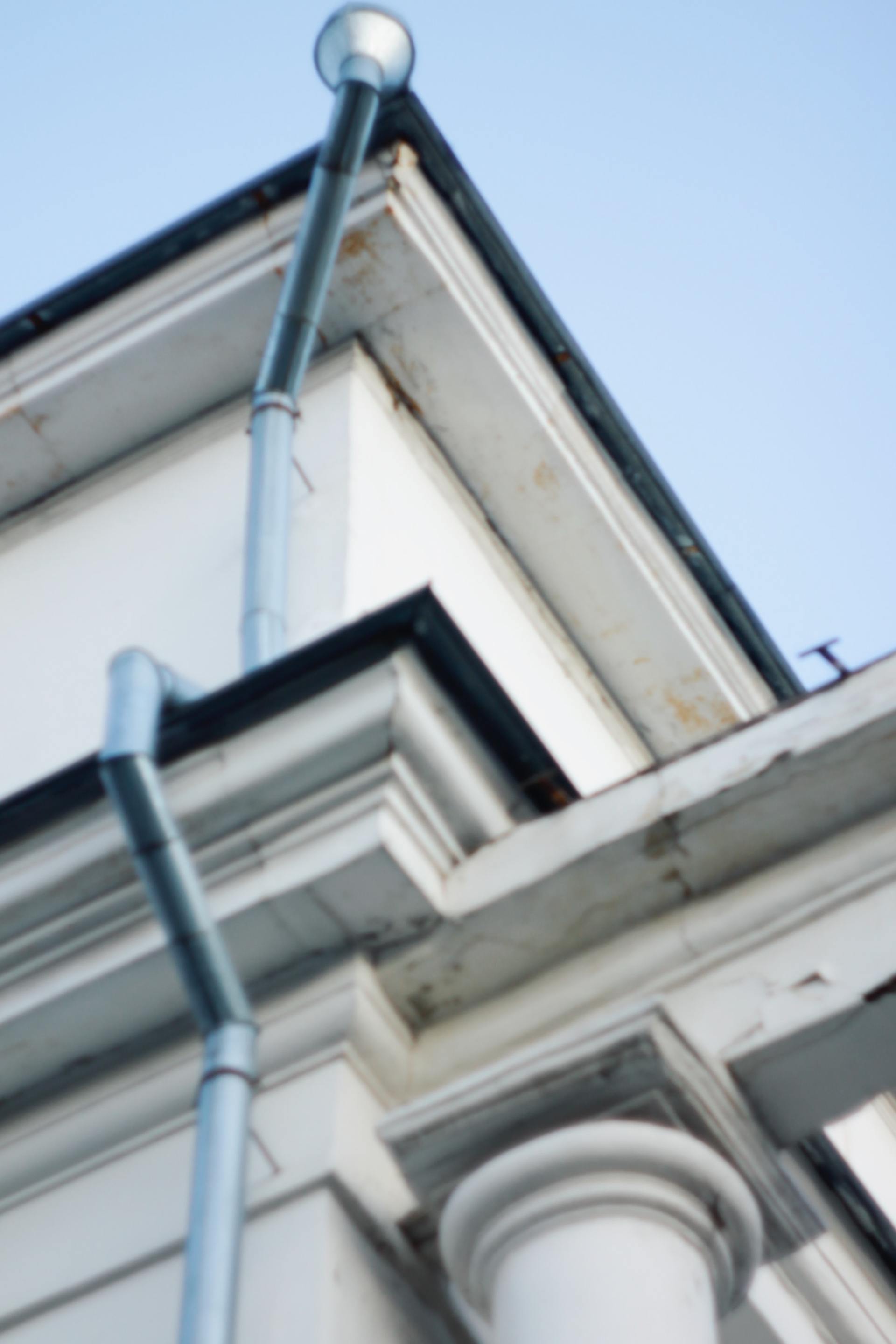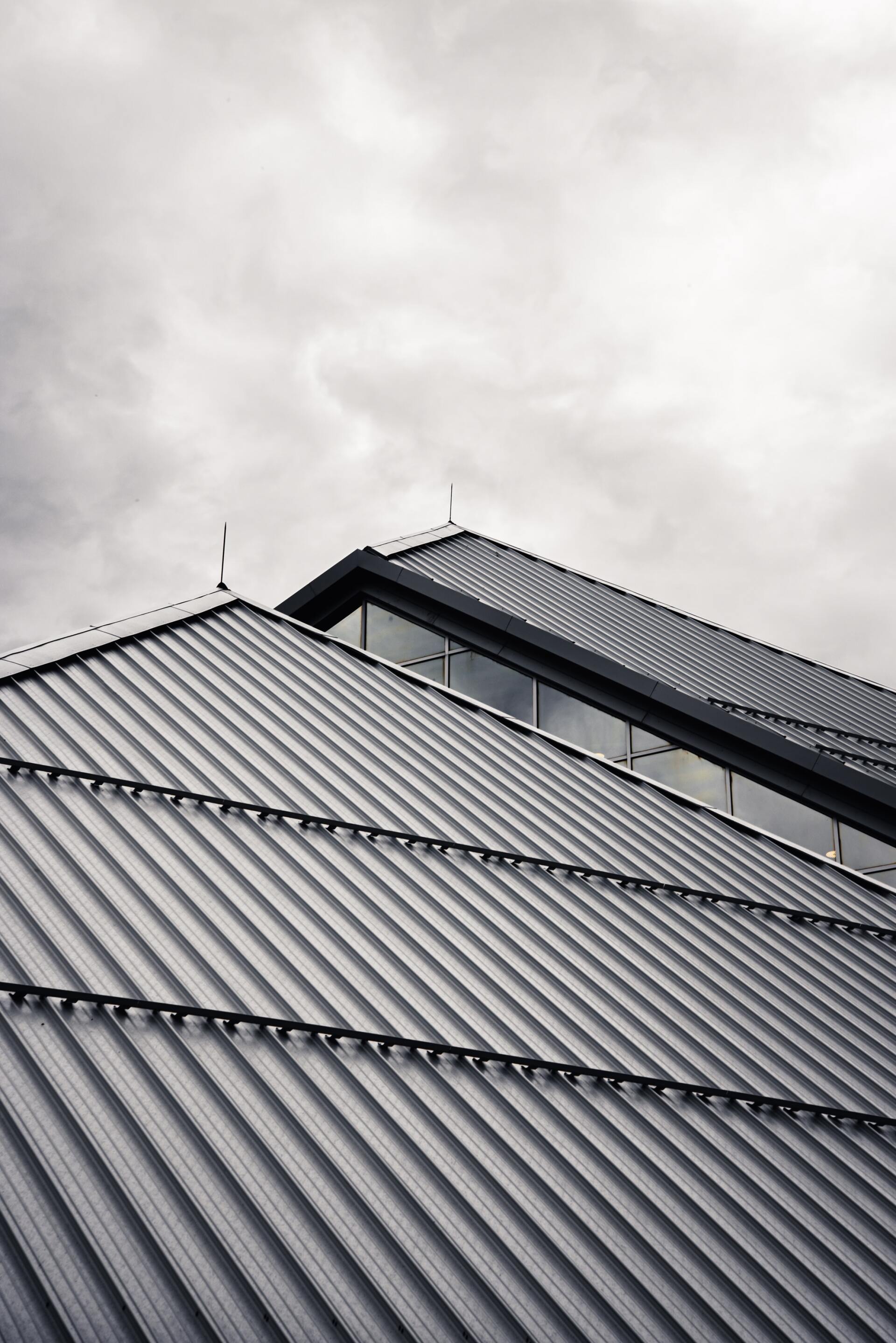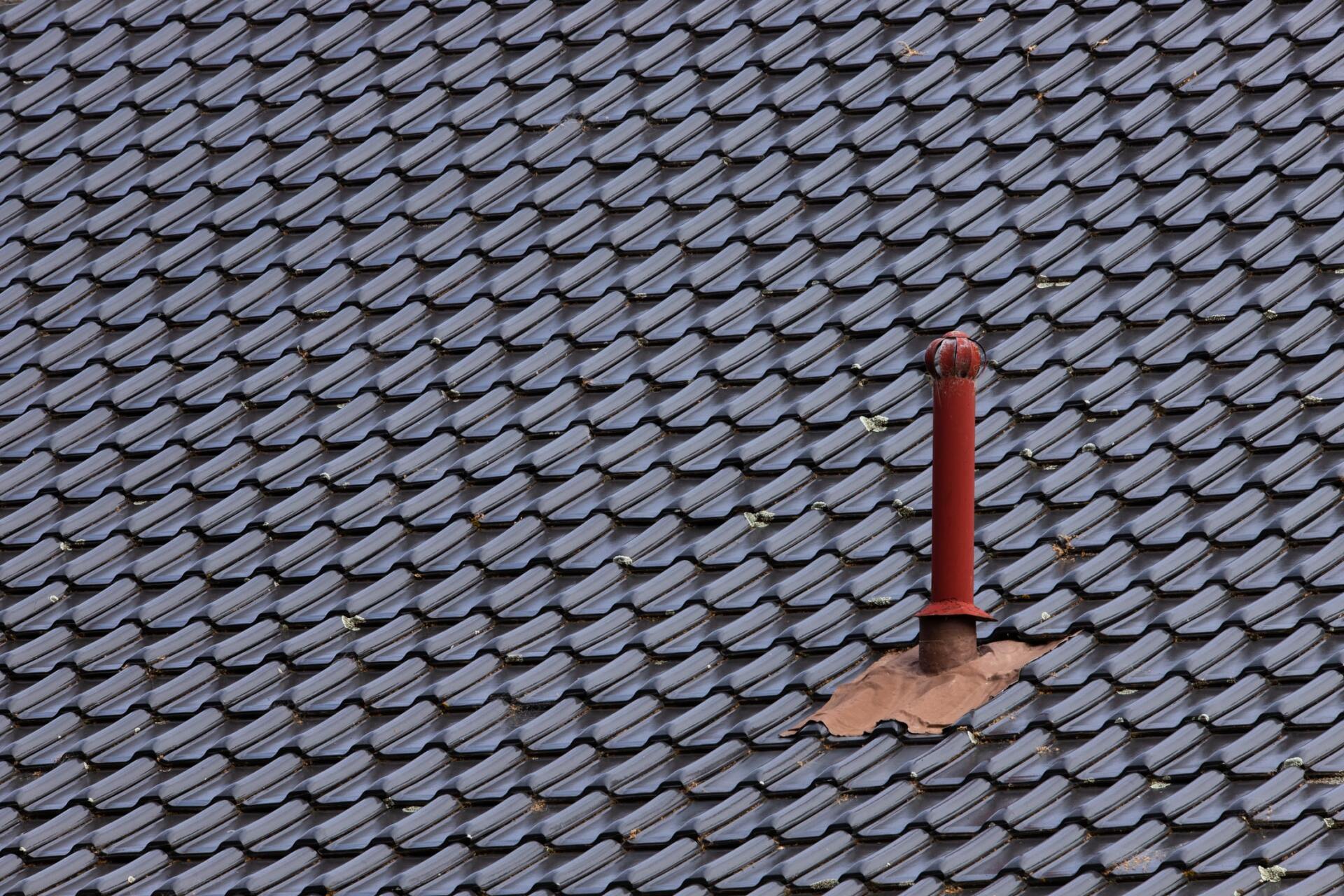What you should know before getting a new roof?
What you should know before getting a new roof?
The first thing to know is that there are many materials and styles of roofs, and it can be confusing to figure out which one is right for you. What you should do is look at your budget as well as the style of your home before making a decision. For example, if you have an older house with a traditional roofline, then cedar shingles would be a good choice.
If you want something more unusual or modern-looking, metal roofs might work better. Whatever material and style of roof you choose will affect how long it lasts and how much energy goes into keeping it cool in the summertime heat. It's also important to ask yourself if you are willing to invest in a new roof or would rather pay someone else every time it needs repairs.
Roofs that are made of wood, for example, will eventually need upkeep because they can rot over time and be susceptible to termite damage. Because asphalt roofs last longer than wooden ones, the upfront cost might seem higher at first glance but is cheaper when all things are considered.
What is the life expectancy of a roof and how much does it cost to replace one
Roofing is one of the most important aspects of homeownership. A roof protects your family and belongings from natural disasters, including hail storms, wind damage, and even hurricanes. Your roof is responsible for keeping everything dry inside of your home. Unlike many other parts of a house that can be updated periodically to meet current styles or trends, roofs are designed to last forever or at least for as long as you own the property on which it sits.
If you're considering buying a new roof or replacing an old one with something newer and more energy-efficient, you might want to know how long they typically last before needing replacement. The average lifespan of a roof is about twenty years, depending on the type. The most common types are asphalt shingle roofs and metal roofs.
However, others have been used for decades including cedar shake, slate tile, clay tiles, and flat concrete among many more. It's important to note that each one has its useful life span in addition to how long it takes before needing replacement due to wear or tear like rusting or water damage caused by hail storms or other weather events possible in your area where you live.
Why you should get a new roof?
Roofs are an important part of a home's structure. They keep the house from leaking and protect it from harsh weather conditions. Roofs need to be inspected for wear and tear, or they can break down quickly, leading to expensive repairs that could have been avoided if you had taken care of them sooner! If your roof has any signs of damage - such as missing shingles, buckled decking, leaks in ceilings - then it is time to get a new one before winter sets in because snow weight will cause even more damage.
The roof is the first line of defense against bad weather, and a broken or shoddy one can set you back hundreds if not thousands in repairs every year before winter even starts! It's time to get that new roof for your home because it will last way longer than anything else you have on your houses - such as insulation or electrical work. If your home needs any renovations done anyways, don't forget about getting a new roof during those renovations so that they match each other aesthetically and won't break the bank either!
How to maintain your current roof so it lasts longer?
The best way to maintain your roof is by having a professional inspect it. If you have any concerns, they can help identify the problem and make a recommendation for repair or replacement. In addition to an inspection, cleaning up after storms could also extend the life of your current roof.
However, if you notice that shingles are missing or nails coming loose from time to time then this may be indicative of underlying problems which need to be addressed sooner rather than later to prevent expensive repairs down the road. Your contractor should know how often roofs require maintenance depending on their age and condition so don’t hesitate to reach out with questions about keeping your existing roof alive as long as possible.
When should you get a new roof, even if your old one still seems fine?
When should you get a new roof, even if your old one still seems fine? If your old shingles have been around for over 20 years, they're probably on their way out. It can help identify any potential problems before they become major ones down the road! Your roof should also be inspected every year by a professional to make sure everything is going smoothly with its current condition. When should you get a new roof, even if your old one still seems fine? If your old shingles have been around for over 20 years, they're probably on their way out.
When should you get a new roof, even if your old one still seems fine? If your old shingles have been around for over 20 years, they're probably on their way out. It can help identify any potential problems before they become major ones down the road! Your roof should also be inspected every year by a professional to make sure everything is going smoothly with its current condition.
If you live in an area that experiences lots of rain or high winds, then your old shingles may be at risk from storm damage. When it comes time to replace them though, we recommend getting architectural shingles instead of regular asphalt materials because these offer much more benefits and durability than standard single-layer tiles like protection against fire, ice, and wind damage; they won't fade in the sunlight as regular shingles do.
They also offer a thicker wear layer so you can expect them to last for around 30-50 years! We recommend getting architectural shingles instead of regular asphalt materials because these offer much more benefits and durability than standard single-layer tiles. When it comes time to replace your old ones though, architectural shingles are recommended over traditional asphalt roofings which protect against fire, ice, and wind damage but don't hold up as well over time with fading from sun exposure or basic wear & tear that occurs while living on top of them.
The different types of roofs that are available for homeowners
One of the most important things to consider when building or renovating a home is what type of roof you want. There are many different types, so it's important to do your research beforehand and know which one will best suit your needs. Some people might not know about all the options available so read on for an overview of some popular types of roofs! For example, there is metal roofing that has been around for centuries but now with new technology, it is even more durable than ever before - making it perfect for harsh climates like those in Canada.
It also can be installed easily over existing asphalt shingles if the homeowner wants to save money from having to demolish them first. Then there is tile roofing that can be used for homes in any climate but is especially suited for coastal regions because of the unique style it brings. This type can be expensive though so if you are on a budget another option would be to go with ceramic roof tiles which give off similar vibes without being quite as pricey.
The benefits of having a metal roof over other materials
Metal roofs have been the standard for many years, and with good reason. It's a strong material that can last 20-50 years depending on the metal type. One of the best benefits of having a metal roof is its energy efficiency. Metal roofs are highly reflective and don't absorb heat from sunlight like other materials do which makes them cooler in summer months and warmer during winter months.
In addition, metals also provide natural resistance against fire, hail storms, tornadoes, hurricanes, high winds, or snow loads that would damage other materials such as shingles or tile roofing. With a metal roof, you never have to worry about leaks since there are no seams where water can get inside your home causing major damage because of how durable they are!
